Update or Die on 07/14/2018
Education is a strange field: we all know it could be better, while at the same time it’s the best we’ve ever had in all of history. Over the past two centuries, the world has undergone a huge expansion in learning: Our literacy rate has increased from 12% to 88% worldwide, and education has seen dramatic growth (in schools and students), breaking records by almost on an annual basis.
Our educational curriculum has also evolved, embracing our continuing growing understanding of the world — and the recent internet boom has brought self-education to the masses in new and exciting ways, transforming sites like Khan Academy , TED, Wikipedia and Youtube in some of the biggest free knowledge centers on the planet. Imperfections aside, we owe a great deal to who we are in this flawed system, and its growth in reach has been phenomenal.
How we teach however, it still has to change:

Contemporary learning is still very archaic. We arbitrarily group students according to age, and that they go 5 times a week in a room and listen to an adult for 6 hours, if they are very qualified to hold everyone’s attention within a static curriculum.
This works to some extent, but it’s not fun for everyone—teachers have a lot to do, from planning lessons and assignments, to teaching, grading, and looking forward to giving one-on-one attention to hundreds of students. On the student side, they are forced to adhere to strict schedules and live in the grip of fear rather than curiosity, with the constant fear of failing and being graded with an A through D label at the end of it all.
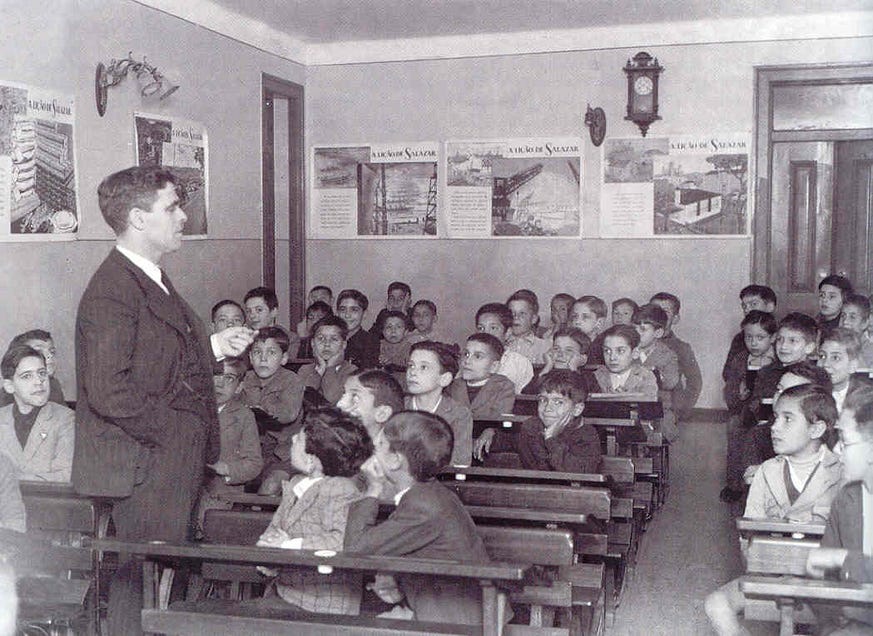
Today’s educational system is static, pervasive and places less focus on individual self-development than perhaps it should. To make matters worse, students often don’t understand why they are learning the things they are learning, which makes certain classes feel arbitrary and purposeless in the face of their personal ambitions .
With that said, what could be done to correct these issues and take education to a new level? What could make education more exciting, fun and practical? I believe these are three simple ideas (which are not new) that can finally be fully exploited with the intelligent use of technology.
These keys are personalized learning , experiential learning and domain-based learning . In this article, we’ll explore these ideas, as well as a possible path to education in the future, blending Artificial Intelligence, Immersive Technologies and several new design paradigms that could change education forever.
Part 1: Personalized Learning
“Personalized Learning” refers to a diverse range of programs, learning experiences, instructional approaches and strategies that address the different learning preferences, interests, aspirations, weaknesses or cultural backgrounds of individual students. The result is a educational experience better suited to you as an individual and maximizes what you can get out of each class.

This approach makes intuitive sense, and there has been a growing body of scientific evidence supporting these ideas each year. A new report commissioned by the Bill & Melinda Gates found that students in schools using personalized learning strategies made greater academic progress. In addition, numerous neuroscience studies have shown how personalized experiences positively affect how the brain receives information, providing some relevant insights into how learning works at the synapse level.
A student must be concerned about new information or consider it important for it to be stored as long-term memory. Memories with personal meaning are more likely to become relational and long-term memories available for later retrieval. “- Dr. Judy Will, Neurologist and Educator.
This is a powerful concept, and it shows that for students to learn everything they need to be convinced that the information being displayed is important. To teach properly, you mustfirst inspire, and personalized learning is as much about knowing how to teach an individual as it is about persuading –them that the information is worth knowing — and that is difficult. Different students respond differently to different motivations, but that’s why the most popular teachers tend to be inspiring: they not only throw information at students for them to process, they also inspire and spark their class’s interest and curiosity — once a student finds a cool subject, everything changes to their brain.

So if personalized education is so important, why do we hardly notice it in schools? In today’s system, giving students real individualized attention would require tens, if not hundreds of specialist professors per institution — and even if we have all these people available, we still lack the proper methods to gather and process students’ personal data at large scales to create actionable results. Despite these challenges, some schools are still finding ways to explore these concepts to some extent, but the true potential of personalized education remains largely unfulfilled.
Complete personalized learning also requires a fluid, flexible, and non-linear educational curriculum to be fully idealized — this is the only way to embrace student differences and create distinct learning paths for each — unfortunately, this turns out to be the antithesis of current rigid solutions.
Fortunately, new developments in design and technology have spawned new avenues for personalized learning—but before we get to that, let’s talk about another key: domain-based learning.
Part 2: Domain-based learning
Domain-based learning is based on a very simple idea: when dealing with cumulative subjects (like Mathematics, where past knowledge is essential to understanding what’s to come), a student should just advance with the subject since has mastered all the concepts that precede it.

You would think that’s how education works today, but it’s not. Students don’t need an A to pass a class, they need a C — so if you know about 70% of a subject, you can advance — general knowledge, not mastery.
This may not sound bad at first, but it is. Rank is not a reliable metric for knowledge as it is handled today. There is a distinct difference between really understanding a subject and simply learning to pass the grade (remember the formulas used that we always have to copy), which is what a student tends to do. Because of this lack of reliability, grades ultimately fail the sole purpose of giving students and schools the performance feedback they need, effectively making student needs invisible and unmet by the system they are working on.
The situation becomes more dire once you realize how essential mastery is to a proper education: if you can’t completely master the fundamental concepts, things will inevitably seem harder to understand as you progress through the years. and accumulates knowledge gaps. The accumulated subjects accumulate by themselves, so if you don’t completely understand fractions, there’s no way to learn geometry correctly, and if you don’t understand Algebra, you can’t gain in-depth knowledge of Calculus. These correlations also branch out to different disciplines as well—Physics takes mastery in several branches of Mathematics to be fully understood, and high school biology takes on a basic understanding of Chemistry.
You can say that all knowledge is interconnected and cumulative in the grand scheme of things, which makes the consequences of these gaps even more unpredictable—they block difficulties in a number of matters without realizing it , leaving students disoriented, lacking in confidence and with the false belief that they are unable to learn certain topics because of an innate ability to do so.
That’s why many people claim to be “bad at math”—not because they don’t have math genes, but because they jumped into the earlier stages of math without fully understanding them. No wonder certain subjects can become so incomprehensible over the years—lack of understanding leads to lack of intuition, and lack of intuition leads to matters that seem not arbitrarily arbitrary. The only way to survive the semester is memorizing or what your teacher wants you to do, not learning what it all means. That’s why there’s a high probability that you know that pi is 3.14 — but you don’t know what really represents.

Domain-based learning can fix all of these issues — through a deeply personal and individualized approach (intersecting what we’ve been talking about about personalized learning), students can move quickly through the subjects they’re best at and spend the necessary time wherever they want. that they face complications. Ultimately, you can only move forward when you really master a subject, without feeling humiliated for having taken up your time. The end result is real knowledge that can spread the interconnection with other subjects in many unexpected ways, both creatively and intellectually—much more than a note for a transcript.
The reasons why we don’t do it today are similar to what we covered earlier — implementing this across the board would require a lot of financial resources to make it realistic — and it’s hard to imagine ways to measure knowledge without grades, tests, and all the systems that we grew up with.
However, there are new ways to achieve this — but before we get to that, let’s talk about experiential learning .
Part 3: Experiential Learning
You’ve probably heard about the wonders of “Learning by doing” from someone in your life—and they wouldn’t be wrong. Learning through hands-on experience is a lot different than just passively listening to a lecture, and your brain likes that.
This is formally known as experiential learning — the process of learning through experience or “learning through thinking about doing”. In scientific research and in the classroom, it has been shown to be one of the most effective ways of meaningfully retaining information—experiential learning engages most of the senses, develops socio-emotional skills, creates a context of memorization, expands critical thinking and it is unquestionably more relevant to real-life applications than what is being studied.
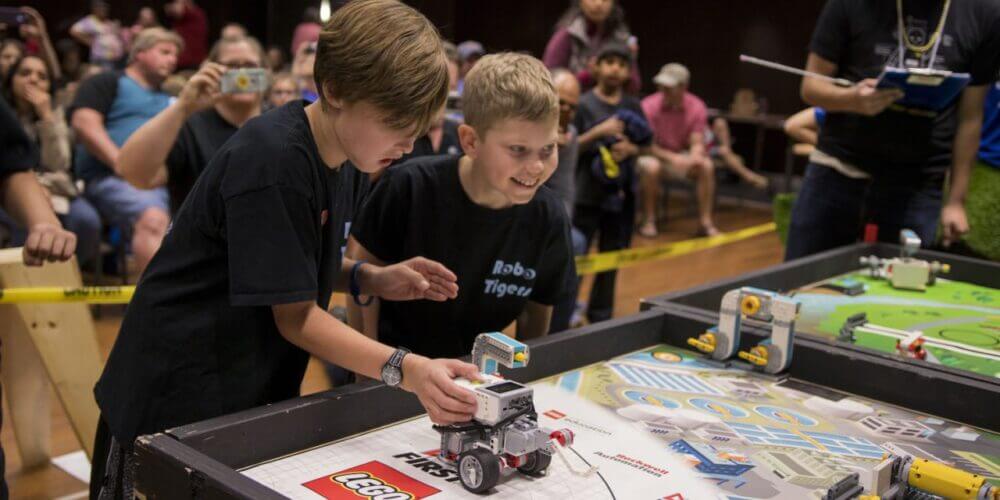
Experience-based learning also encourages experimentation, embraces curiosity, and (perhaps most importantly) makes mistakes a natural part of the learning process rather than grounds for punishing students. No wonder it’s such a powerful way to learn—that’s how we’ve learned things from the earliest times.
Our current system understands this to some extent, as experiential learning isn’t completely absent from schools — you’ve probably had an art or science class that was very important, and there’s a kind of experiential task that teachers love, but students hate : homework.

Teachers assign homework because it works when students actually do it. To complete these assignments, you need to think about what you are doing, complete the task at hand, and reflect on the entire process. But from a user experience standpoint, homework tends to be understaffed — it doesn’t work with most senses, its format is predictable, it often isolates students, and it’s not interesting to complete. So why aren’t we trying to do things differently?
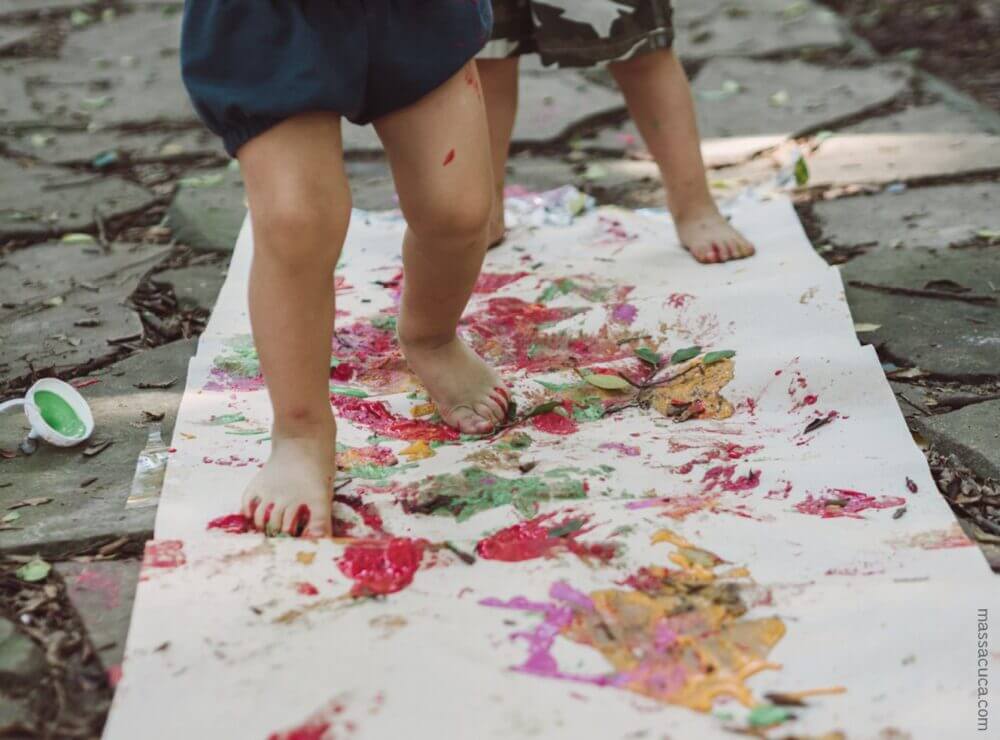
Simply: it is difficult. Conceptualizing new ways to teach subjects like math, biology and history experimentally is a huge design challenge, even more so when you’re trying to make it frictionless. After all, we teach biology using books and a blackboard, as long as anyone can remember, so how are we going to engage all the senses, making learning active and social, reducing cost, and achieving all learning goals?
Now that we’ve defined the problem, the questions, and our utopian destiny for education, let’s talk about the future—and what some exciting new technologies can bring education to a definite change.
The beginning of immersive education
Technology has continually revolutionized modern society over the past two centuries, and this shows no signs of stopping — instead it is accelerating (Moore’s Law). The way we work, learn, play, and connect has redefined the past few decades, and a lot of it has to do with the advent of new computing platforms: first with personal computers, then with smartphones — and now with Extended Reality (XR).
What do I mean by Extended Reality (XR)? Virtual Reality Glasses, Augmented Reality Glasses and all the rest — if you’re new to these concepts.
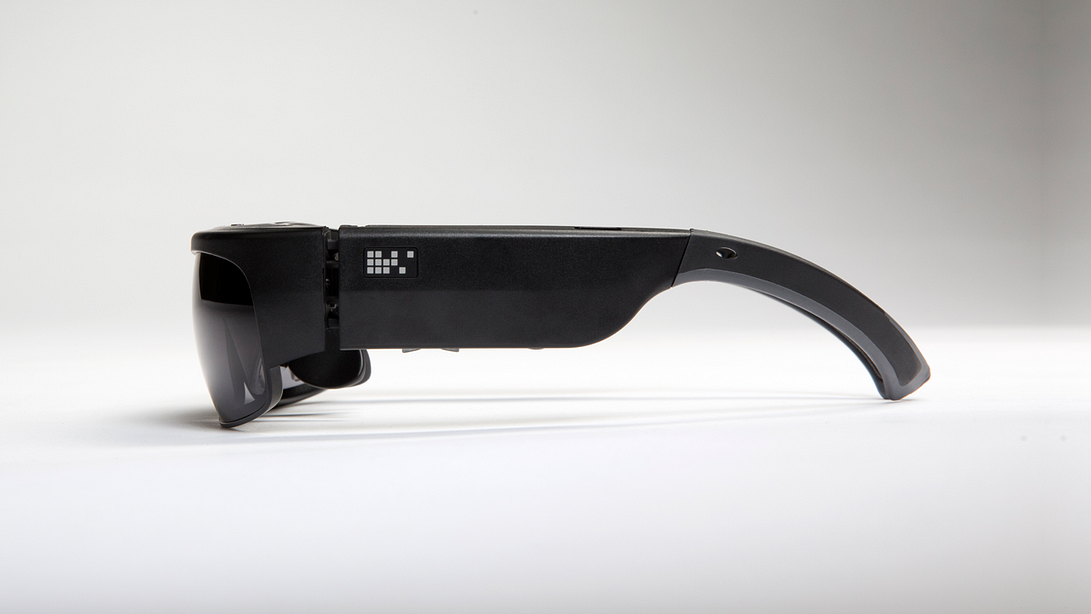
There’s no question that immersive technology is the world’s next great computing platform — it does things that modern computers can’t do, and it has completely redefined our relationship to information as well as the revolutionary platforms that preceded it. Suddenly, you can physically interact with the digital world ( with your real hands) and have it live around you, instead within the confines of a screen — and while we’re still in its early days, much of the promise it holds can already be seen today.
When it first appeared, Virtual Reality (VR) was intended as a game-centric medium, but since its introduction to the mainstream with the Oculus Rift, creators have worked to disagree. Today, we have a variety of VR applications focused on productivity, art, data visualization and more. Augmented/Mixed Reality, which are also on the rise, giving us new mental ways to display and interact with information in our real world, as if it were actually there.

The Microsoft HoloLens is a great example of this — now it’s a two-year-old device, currently one of the most impressive technological tools in existence today. Not only can you create holograms that look real, but it tracks and interprets your environment — it knows where your furniture, your walls and everything else is, and uses that information to blend the digital and physical worlds seamlessly into your perception of reality.
Couple that with all the other advances technology is making with manual tracking , haptics is deep learning and you can see that it’s only a matter of a few years before we play holograms in our own home with devices that are more like casual glasses than fools with bricks on their faces. Immersive technologies are inherently experiential, built from the ground up to convince humans that what they see is real — at the same time, immersive content is not bound by the laws of physics, meaning creators can orchestrate “ “impossible experiences” at relatively low costs—whether taking the viewer to the moon, a beach in California, or a 500-year-old castle in the past, all at a similar cost to create. For education, that could be everything.
“Immersive content is not bound by the laws of physics — educators can create ‘impossible’ experiences that engage students in entirely new ways.”
Biology, for example, is usually taught through textbooks, slides and drawings. But some initiatives like The Body VR are taking an immersive approach to education, enabling you traverse the human body personally and actively interact with it instead of just looking through pictures in a book.

On similar lines is the start of Medivis , which is redefining anatomy learning. Normally, medical students are forced to learn human anatomy through various illustrations, having to desperately combine all the 2D images they see in their head to try to get an idea of how it all fits together in three dimensions — but the MediVis is building a complete learning platform that allows you to visualize the human body in full 3D, full size, holographic format, accurately marking every part of your body — no need for books, drawings or expensive corpses.
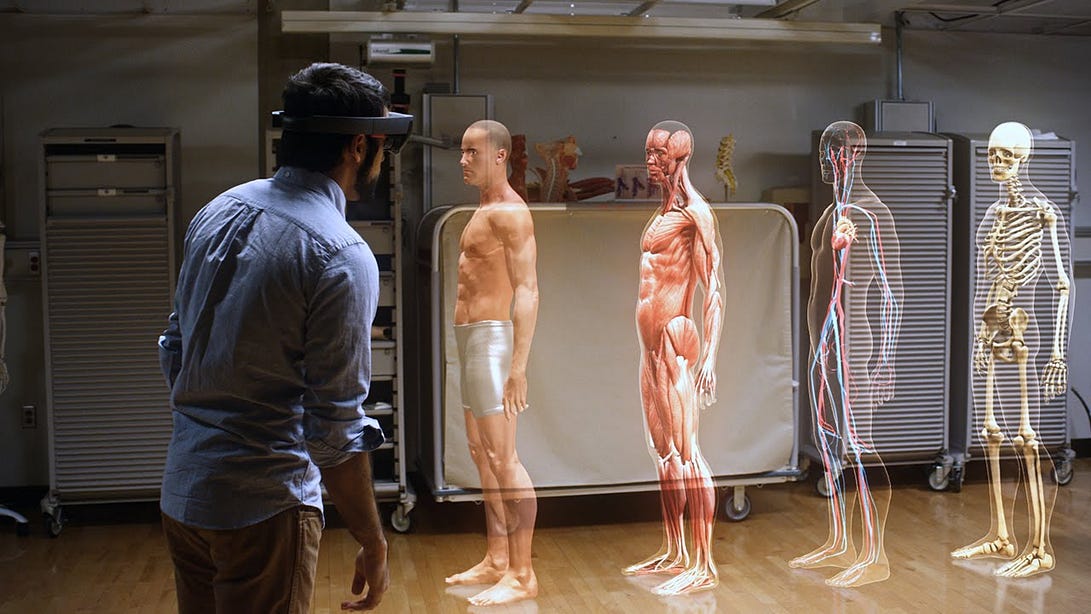
The new Augmented Reality technologies have widened the possibilities and given access to new content and tools. O Human Anatomy Atlas 2018 Edition is the 3D anatomy reference app for healthcare professionals, students and teachers. The app includes comprehensive 3D male and female gross anatomy models, tissue and organ selective micro anatomy, cadaver slices and diagnostic images paired with 3D cross-sections and interactive muscle and bone animations.A startup Br MedRoom
Remember, this is just the beginning, now with the work associated with creating a game developed in 3D, we have the ability to take students anywhere and teach them about just about anything from a completely different and fully participatory perspective.
We are witnessing a series of innovations in design and interaction that introduce new ways to learn never before conceived, especially as the creation and access tools become increasingly accessible to the point that anyone can bring the experiences they imagine to life.
In the long term, we are looking at education that is being approached no longer as a series of separate dots, but as interactive worlds for students to navigate its spectrum, marking a massive shift in design for education as it moves towards become more like entertainment than a passive obligation. Concepts can now become characters, “exercises” and “exams” can be integrated seamlessly into worlds and storylines as activities, and students are free to explore and literally immerse themselves in the subjects they are learning.
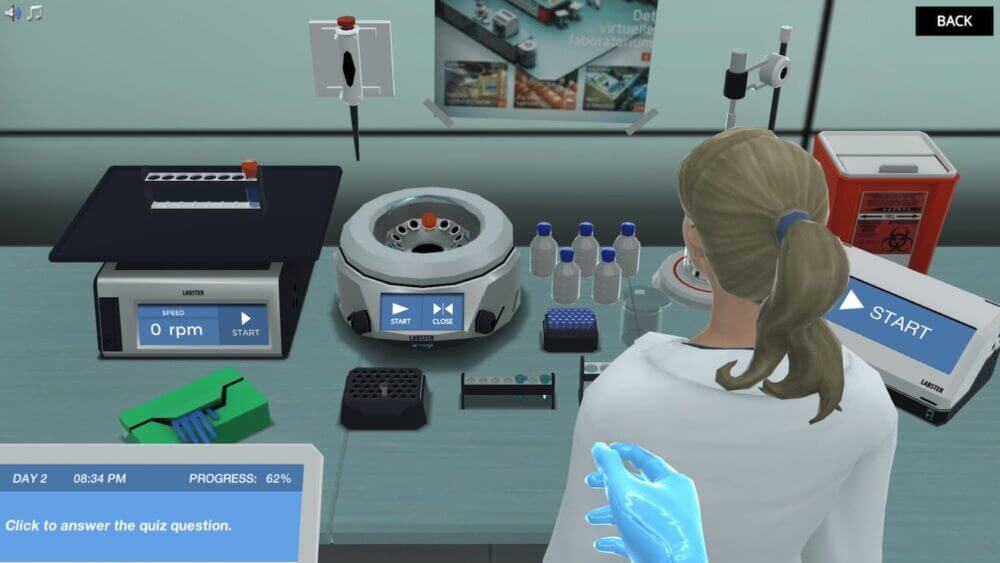
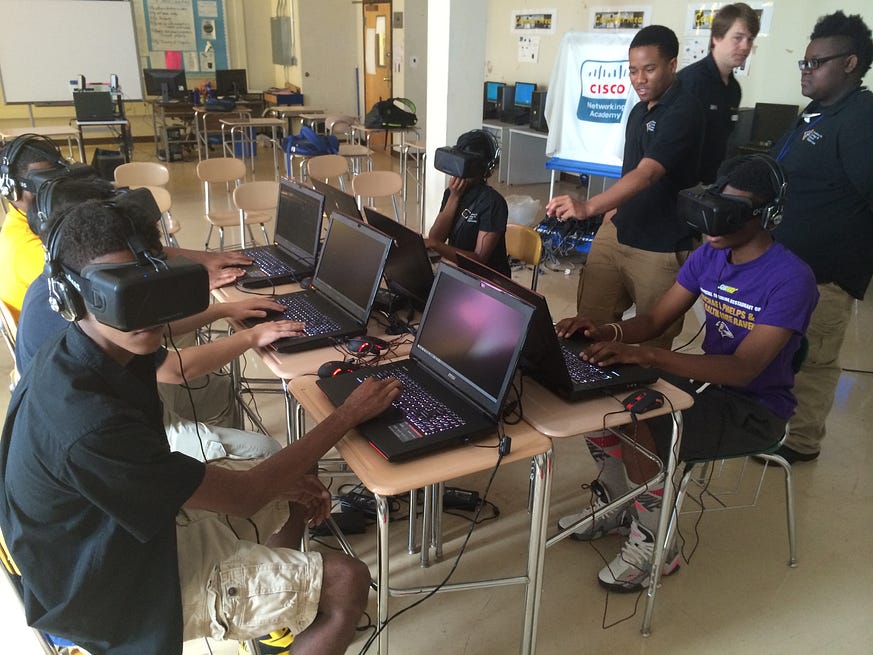
The classroom doesn’t even need to be tethered to any single digital experience — it can blend seamlessly into our world, constantly present around it in unpredictable ways. Are you walking the streets surrounding the Bastille in Paris? Why not take a break and start a lesson on Storming of Bastille on the spot as it transforms your environment, taking 15 minutes out of your one-year history quota?
These new ways to learn may sound fantastic, but they are all possible through the intelligent integration of technology, design and imagination. The certainty about the future is that it will rock the present and given the way immersive technologies and artificial intelligence are going, it looks like we’ll have the opportunity to turn education into anything we can think of.
See what we think
Areas of application of Immersive Computing current VR/AR in education
1. Application in areas such as Geography, History and Geology. One can explore places all over the world without actually having to leave the classroom. This could provide an opportunity to learn geography, different languages and develop empathy for various cultures. To learn history, you can go back in time and create a picture of that time and experience life and society as it existed. Likewise, one can go deep into the Earth and experience rock formations, the origin of the volcano, the emergence of diamonds and other precious metals.
2. Application in areas of Ocean Science, Marine Biology and Space Science: In virtual reality-based classrooms, you can explore the depths of the ocean, experience and observe the variety of marine life and explore the vastness of space. In space, you can experience future settlements on Mars or the Moon.
3. Application in Biology and Medicine field: using VR one can explore inside the human body as well as other living organisms. One can travel through various arteries, visualize the pumping of blood through the heart, the structure of DNA, among many other experiences. Medical students can perform operating procedures based on VR/AR.
4. Application in the area of Health, Training, Safety and Environmental Protection: through the VR world, you can enter communities in crisis, in scenarios such as floods, epidemics, earthquakes and other emergency situations, experience how help can be given in such situations . This leads to an empathetic action by current students in the real world crisis.
5. Creating collaborative learning: VR allows students to share their world with others and thus co-create better virtual reality content. This would lead to student-generated content for future generations of learners.
6. Experience future careers firsthand: VR allows you to experience careers, such as being a doctor, engineer, lawyer or other careers, first-hand, in various industries such as medicine, engineering, entertainment and real estate . This allows students to make a well-considered and experienced career choice.

Some obstacles
The main disadvantage of VR in the educational context is price and accessibility. Most universities fail to dedicate an emerging technology space to their students, I see it as an opportunity to expand the role of libraries with VR points and stations.
Another downside of VR is content, especially applications that would work alongside VR hardware. The contents available on the public domain platform are not of high quality or made for educational purposes.
To conclude, one of the biggest applications of this technology is to promote curiosity and admiration among students. Through Virtual Reality, you can transport to another time and place, Augmented Reality can place any object of study in front of you so that the student can interact. One of the biggest challenges of VR adoption, in addition to the current expensive hardware costs, is figuring out how VR can be integrated across disciplines and curriculum. This is the challenge for us academics to explore.
826 Valencia and Google
What happens when you bring together the limitless potential of children’s imaginations and the power of technology? When nonprofit literacy 826 Valencia and Google are involved, the ideas of the students transform from words to a page for an immersive experience. Check out this journey from San Francisco to an unknown — and very colorful, universe.
Future Project in View
“Future-to-Sight Project ” brings magical learning experiences to children with emerging digital technologies but deep down it’s just the desire to enable the right to dream.
It warms our hearts.
Supporting XR’s development in Brazil
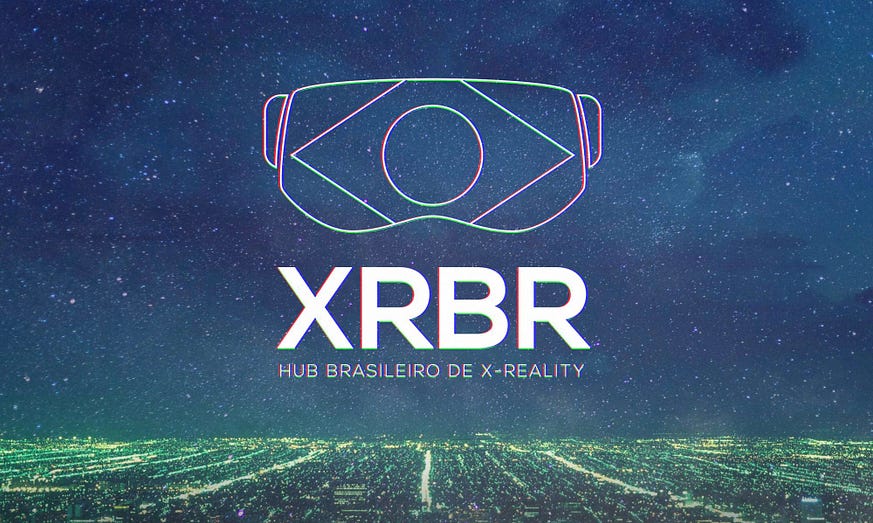
The XRBR is a non-profit hub , created by professionals and supported by companies in a completely voluntary and passionate way to join efforts and boost this emerging and challenging Brazilian market.
Vision
To be the main national and international development channel for the Brazilian X-Reality industry (VR/AR/MR), becoming a strong ally of companies, professionals and private and public investment bodies in the growth and maturation of the market, with expansion access of audiences.
So, given all this revolution, what could you do?
Participate!
[mks_toggle title=’References and fonts’ state=’close ‘]
May 9, 2016, article titled “The Information Age is over; Welcome to Experience Age” by Mike Wadhera, published at www.techcrunch.com
February 13, 2015, article titled “5 Reasons to Use AR in Education” published in www.augment.com
November 2, 2015, article titled “How to Transform Your Classroom with Augmented Reality” by Patricia Brown posted on www.edsurge.com
February 2017, article titled “10 Reasons to Use Virtual Reality in the Classroom” by Ashley McCann published in www.teachthought.com
June 16, 2017, article titled “Virtual Reality and Its Educational Possibilities” by Elliot Hu-Au, published in www.virtualrealityforeducation.com
Lucas Rizzotto Medium https://medium.com/@lucasrizzotto
January 30, 2017, article titled “How virtual reality, augmented reality and mixed reality could be used in education” by Christina Mercer posted at www.computerworlduk.com